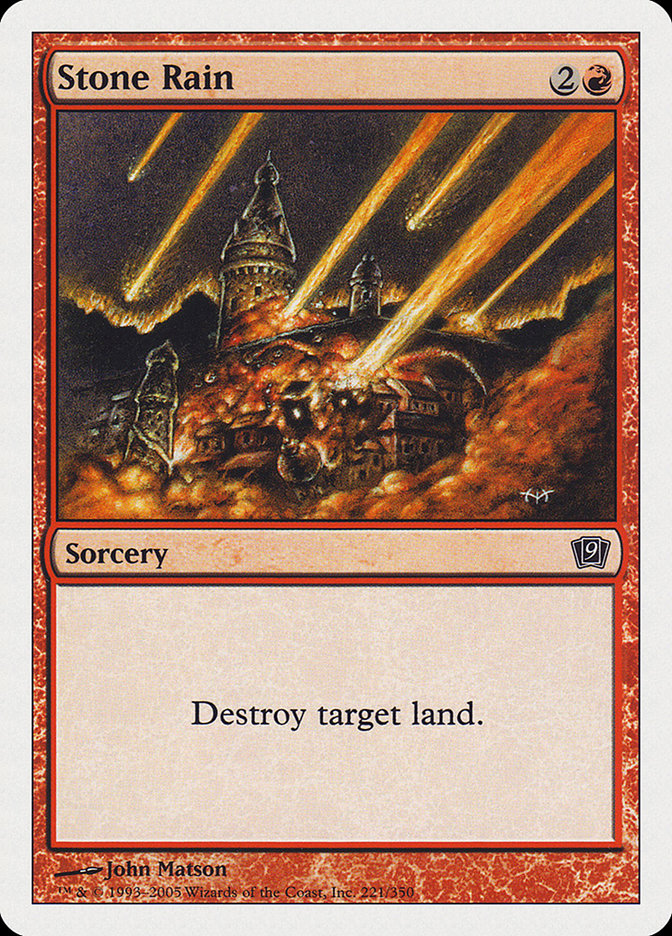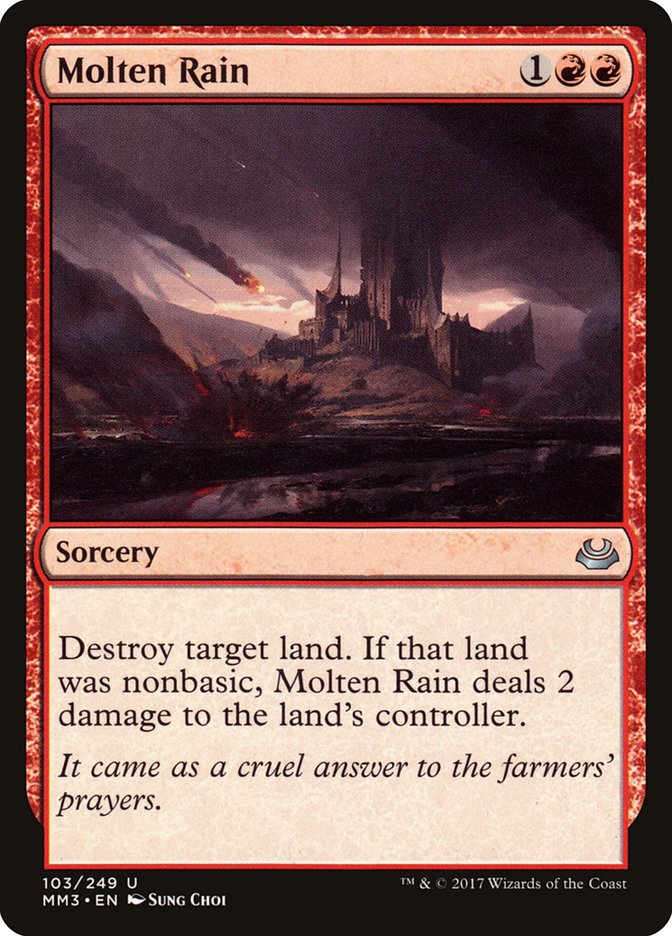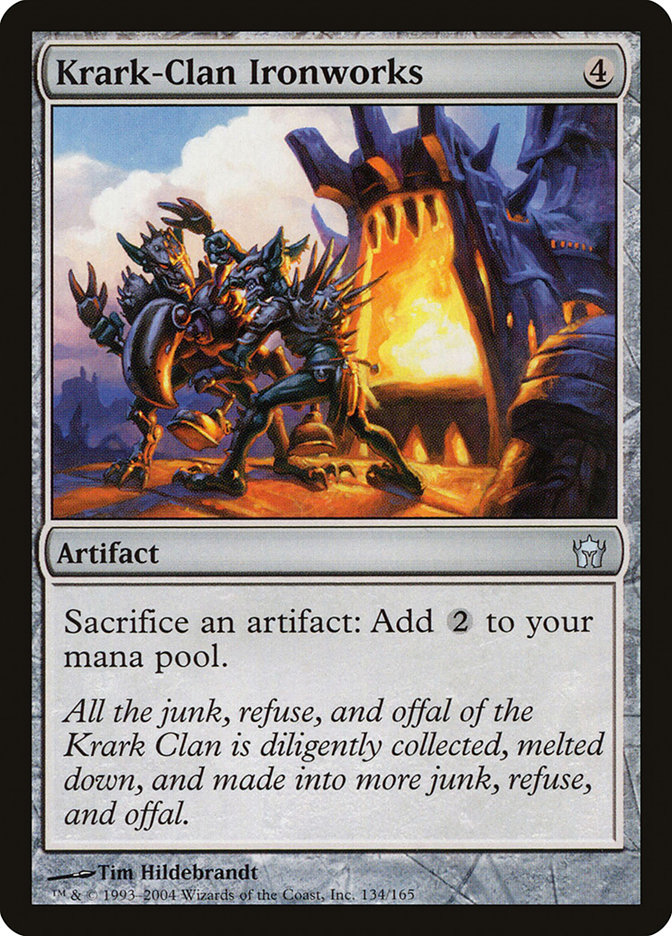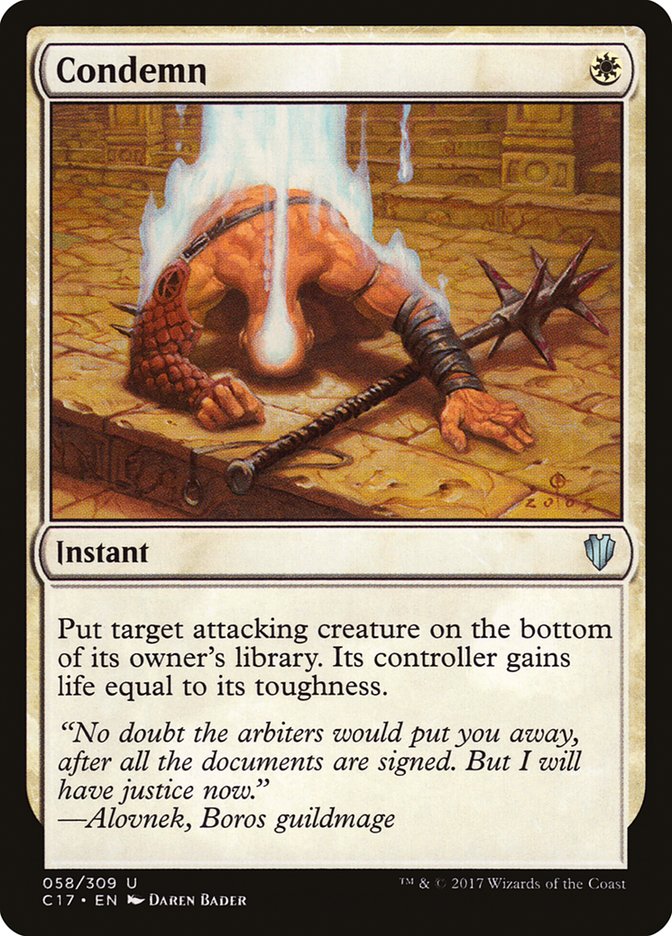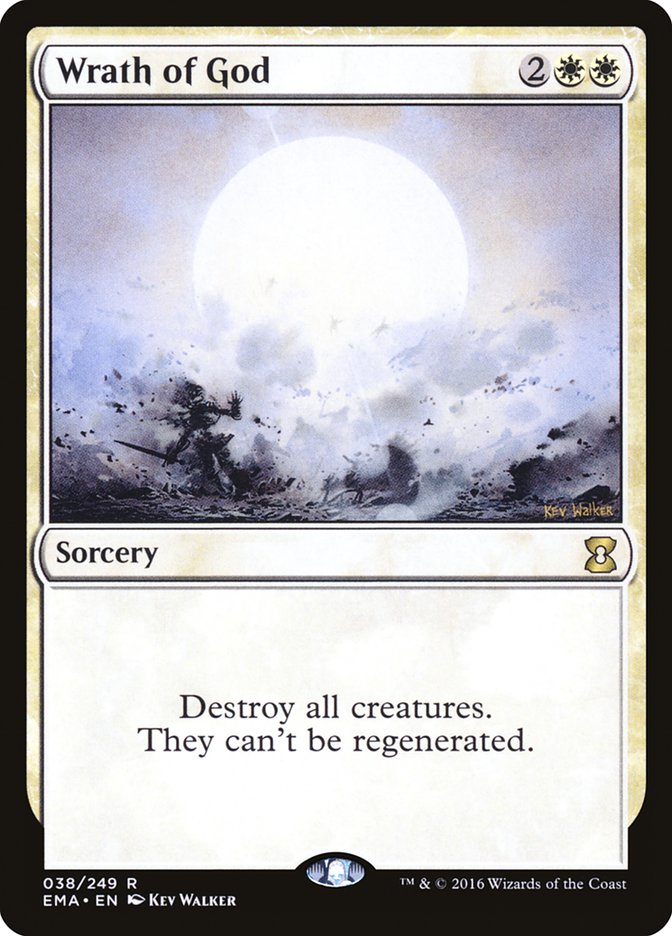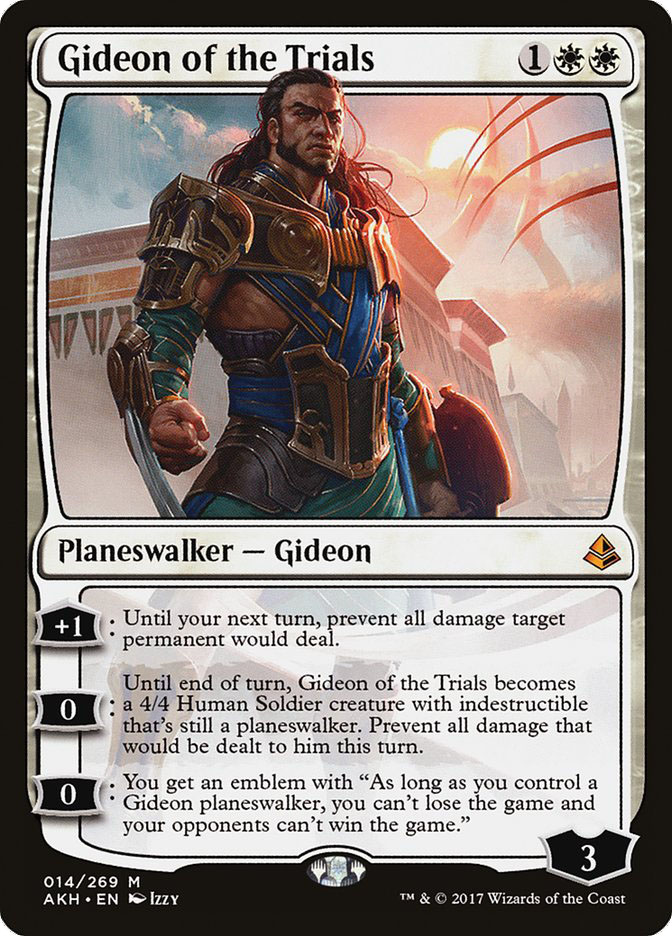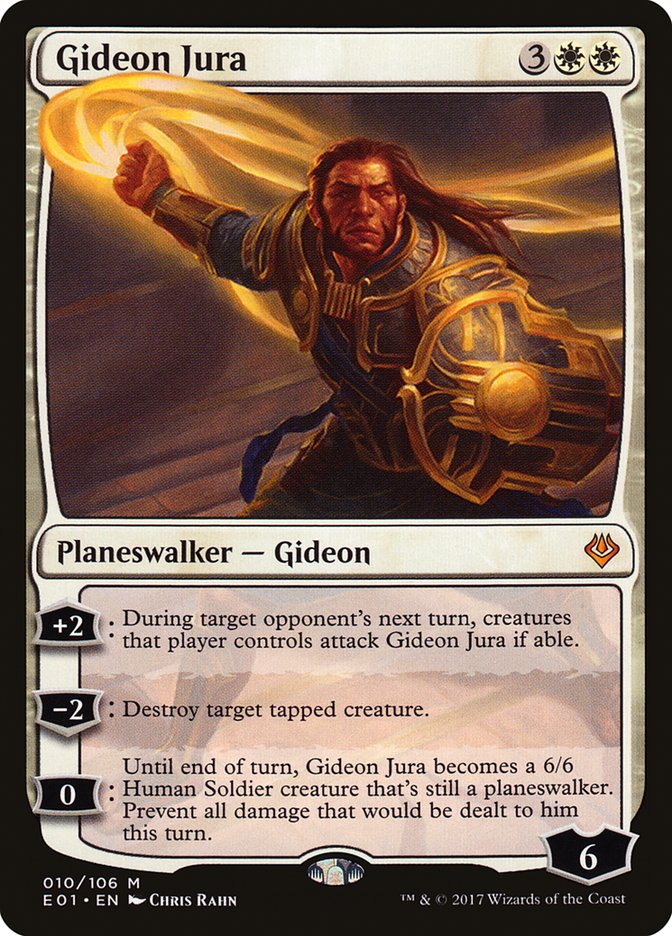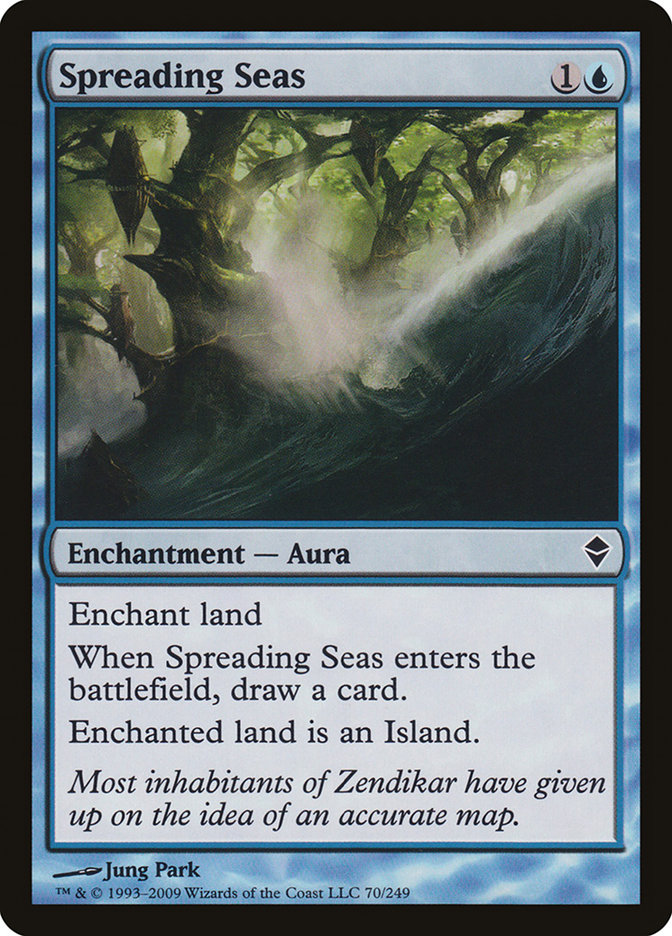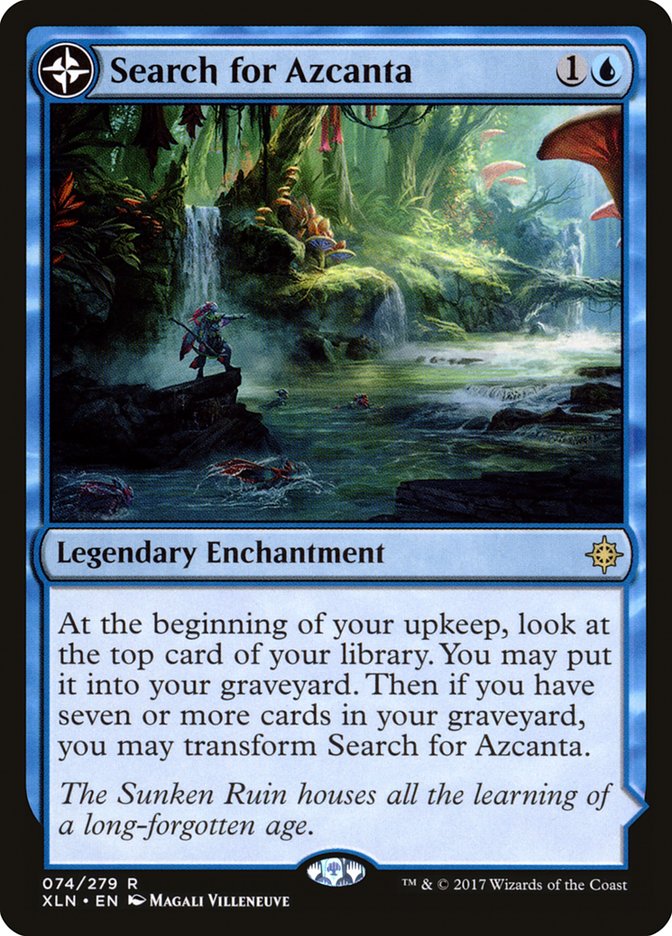I’ve played and watched a lot of Modern in the last few months. Since the
next RPTQ is Sealed, I’ve had to pepper in a few of those Magic Online
leagues here and there, but Modern is the format that has dominated my
interest for an obvious reason. The return of Jace, the Mind Sculptor is
something I fought to make happen and is still a reality that has been
difficult to accept. I remember the countless matches I played with U/W/x
Control decks prior, with the inability to close out games or create raw
card advantage. With all that behind us, there’s so much work to be done to
perfect the archetype with the best weapon now at our disposal. We aren’t
even close to having the perfected Jace, the Mind Sculptor control deck,
and I fear that I’ve fallen into the same pattern as most other
deckbuilders out there; simply tossing copies of the best planeswalker of
all time into a Modern control deck isn’t the way to maximize its output.
The Esper Control deck I wrote about last time
tries to play to Jace, the Mind Sculptor’s strengths and defend its
weaknesses.
Three loyalty is the clear weakness of the king, so early defense and
battlefield control is the key. With eight copies of one mana spot removal,
the planeswalker could reliably land on a safe battlefield fairly often.
This, in theory, was the best shell for our new control win condition, card
advantage engine, and battlefield/draw control master. I did well with that
build and explained the reasoning behind the card choices in that article.
As you all know with Modern, things change so quickly and what was once
optimal is no longer. There has been an uptick in decks that punish control
players regularly. These decks include big mana, combo, and decks that beat
the first two. Typically control decks do well against aggressive ones, but
adding additional fetchlands and shocklands can quickly turn a good matchup
into an average one. Burn was still beatable with Esper Control, but it
wasn’t as easy as it should have been.
Blood Moon and land destruction have also seen an increase, which makes a
control deck with a basic Swamp suspect at best. Tron will never be a great
matchup, but a control deck without Spreading Seas is not going to make it
long in this world. The reason why I felt Esper Control was the best option
a few weeks ago was that these decks, Tron especially, was a
twice-in-a-tournament matchup. With the constant advertisement by writers,
high performance finishes, and low difficulty to pilot, Tron will continue
to gain momentum in live play. I don’t think the deck is “too good” in any
sense of the phrase. Aggressive decks feast upon it and it loses to a mix
of mana denial and threats. The deck can also be quite clunky with very
expensive spells that require early Tron against most decks or bust. The
sad news is that the deck provides free wins often, is a thorn in the side
of control, and mashes midrange decks with authority.
Krark-Clan Ironworks is a deck that I championed at Pro Tour Rivals of Ixalan and
I’ve written extensively on
. Those Modern enthusiasts that watched GP Phoenix were shocked by the
amount of big shots piloting the wonky combo deck that I fell in love with
last year. The deck has always felt leagues ahead of the others regarding
Modern power level. It has a high percentage win rate on turn three/four
and battles through hate effectively. The only hate cards that ground the
deck well are Rest in Peace and Stony Silence. Artifact spot removal, or
one graveyard attacks, isn’t enough to stymie an experienced pilot of the
deck. This was the combo deck that I had my heart set on playing for the
long haul until the blue myth was freed. After the unbanning, this deck hit
the shelf and I don’t see myself picking it back up, even though I know how
powerful it is. I truly believe that the optimal Jace, the Mind Sculptor
control deck will surpass powerful combo decks like these and have the
power to beat any matchup in its path. The trick is finding the most
consistent version that can repeatedly resolve a four-mana planeswalker on
a safe battlefield, as well as have some fight against the combo/big mana
decks of the format.
Creatures (4)
Planeswalkers (5)
Lands (25)
Spells (26)

U/W Control is the most consistent Jace, the Mind Sculptor deck I’ve played
so far. The manabase of Esper Control was very close to perfect, but some
minor discrepancies were enough to send me back to two colors. The damage
taken from the manabase in the early turns was the biggest issue and cost
me a few matches against aggressive decks that are normally decent
matchups. The other issues stemmed from the basic land package that
required one Swamp. I originally had only one Plains in the deck, because
the combination of Field of Ruin, Swamp, and Plains prevented multiple
spell turns, as well as made Cryptic Command slightly more difficult to
cast. These games where the mana came up as an issue were rare, but in a
fifteen-round tournament, a dedicated control mage can’t afford to toss a
few games to manabase issues. U/W Control has a much weaker early game
without Fatal Push, but there are a few tricks up my sleeve that can help
alleviate your aggro matchup angst.
The Controversial
Condemn is a card that is criminally underplayed in U/W Control. Outside of
Dark Confidant and Voice of Resurgence, creatures attack you and the other
abilities have minimal impact. Creatures in Modern follow this model more
so than in Standard, due to the goal of paying very little mana for a
critter with high power. Cards like Death’s Shadow, Gurmag Angler,
Tarmogoyf, and Kitchen Finks are all creatures that fall to the one-mana
removal spell. Casting a Path to Exile on a turn 1 Goblin Guide feels
terrible, but reading off a Condemn from the spell book feels great! Path
to Exile is a much better card in a vacuum; however, Condemn effectively
provides copies five and six.
Mages historically have gotten away with taking some damage and setting up
sweepers, but that’s not how the world works in Modern. Hand disruption,
aggro decks that kill on turn 4, and a much more powerful spell pool forces
us to adapt accordingly. Snapcaster Mage thrives on these one-mana removal
spells and helps to set up the perfect curve against most of decks you’ll
face at a large, competitive tournament. Condemn adds to the number of
great Flashback targets and helps create a stable battlefield for the
follow up four-mana play.
The hot take that most will find cold is Gideon of the Trials. You’ll
notice its absence from the list and it’s not an oversight. Planeswalkers
in control decks must answer problematic permanents from an opponent or win
the game outright (that being Jace, the Mind Sculptor, of course). Gideon
of the Trials was a phenomenal option for U/W Control when it first arrived
on the scene, catching Ad Nauseam players off guard, preventing all damage
from a vanilla threat of Jund or Abzan, providing pressure against
Scapeshift, or even sneaking out against Grixis Death’s Shadow as a
permanent nuisance.
The format has changed drastically since then and all those decks,
excluding Grixis Death’s Shadow, have evolved. The result is a format full
of creatures with haste, the death of Abzan and other non-Jund, lethargic
midrange decks, and a new wave of combo that doesn’t care in the slightest
about a three mana 4/4 with no abilities. I don’t think that Gideon of the
Trials is garbage in Modern, but I do think that Vendilion Clique is a
better three-drop and Jace, the Mind Sculptor is a better…everything.
I have played many matches, both live and in competitive Magic Online
leagues with Gideon of the Trials to come to these conclusions, but I’ve
also seen it on feature matches these last few weeks. This planeswalker,
now more than ever, enters the battlefield and provides little relief and
no advantage, making it a liability. A Snapcaster Mage on turn 3 targeting
Condemn/Path to Exile, a Vendilion Clique taking away a vital piece of
interaction, or a counterspell have all proven to be more effective ways to
set up a Jace, the Mind Sculptor.
With all this Gideon of the Trials dogging, I must give props to the oldest
version. Gideon Jura continues to impress me in its ability to create a
game state that is impenetrable with Jace, the Mind Sculptor. This
combination is as close to a lock we’re going to get in Modern and it feels
great. Gideon Jura repairs the fractures of the deck in ways its three-mana
counterpart cannot. Removing threats, handling multiple creatures by
controlling combat, and becoming a two-turn clock with a Celestial
Colonnade is all we need in a complementary planeswalker.
The mana cost is a concern for many of you, I’m sure, but I want you all to
know it’s easily achievable. The bulk of the deck rests at four mana, even
though it’s not fair to categorize “four-drops,” or “five-drops” that way
in a control deck. Control decks cast these spells with ease on turns 6, 7,
8, and above, utilizing multiple spells a turn in the late game. The curve
stops at Gideon Jura, but turn 5 is often a Jace, the Mind Sculptor with a
Path to Exile backup. Gideon Jura is the best at protecting our win
conditions, as well as providing a wishing well of solutions for enemy
creatures.
The Accepted
Spreading Seas is a card that I tried to live without for the last few
months. I was able to beat Tron occasionally, and I didn’t miss it against
the other decks of the format. In the current Modern metagame, beating Tron
occasionally is simply not good enough. Spreading Seas is required to put
up constant victories against big mana and can steal a win through mana
denial once in a while. The lovers of Spreading Seas claim that the mana
denial victories happen every match, but for those skeptical like me, it’s
not that frequent.
Gabriel Nassif and I discuss U/W Control from time to time and he’s of the
same mindset. He cut it thinking it wasn’t necessary, missed it, and
brought it back into the fold. My biggest gripe with Spreading Seas is the
sorcery speed two mana cantrip that can be a complete dud a high percentage
of the time. That looming negative isn’t enough to cut it out of U/W
Control while Tron still exists. In a world where big mana doesn’t exist,
I’ll be the first to toss my set in the gutter, but until then we need its
help.
The rest of the deck has been seen in U/W Control decks worldwide, but
there are some cards that are seeing less play. I removed Search for
Azcanta immediately after bringing back Spreading Seas, and I couldn’t be
happier with the result. We cannot play five copies of a card that have a
relatively minimal impact on the battlefield. Search for Azcanta is a
fantastic Magic card, and I’m offended that U/B Control players in Standard
have cut it, but in Modern we have to temper that blue mage excitement.
With Jace, the Mind Sculptor, we can be pickier about longevity and card
advantage. Running too many minimal impact effects is what has made control
a consistent 11-4 strategy at GPs, so that’s a very important deck building
fact to consider.
The other card that has dropped in popularity is Spell Queller. I haven’t
been the biggest fan recently, but the format shift has made it friendlier
to bring in the three-toughness flyer against decks that sideboard out
removal, or those that play very little of it in the first place. U/W
Control needs a few sideboard slots that can come in for dead cards and
Spell Queller fills that role very well. This allows control players to
keep the battlefield full of the most powerful hate cards and not lose
percentage points by having to keep in all of the removal against menacing
Ironworks combo opponents.
Good luck, my friends, and make sure you all build your control decks with
a defense of Jace, the Mind Sculptor as your number one priority!




